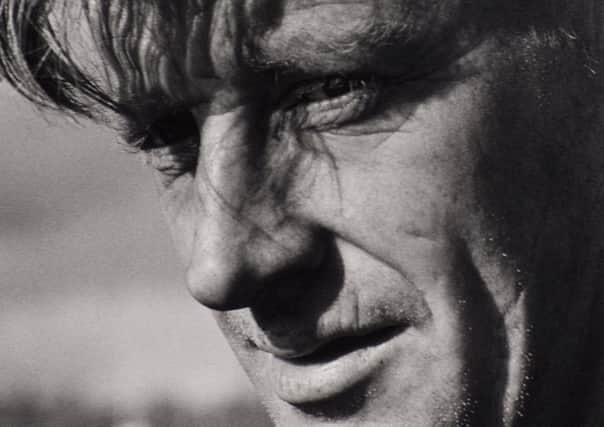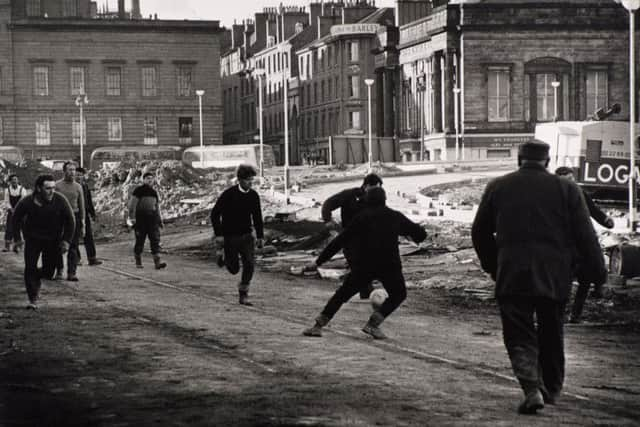Quest to identify Tay Road Bridge workers in classic photographs


And now, as events are being held to commemorate the 50th anniversary of the completion of the Tay Road Bridge, the search is on to identify workers who feature in striking black and white portraits taken by internationally acclaimed Joseph McKenzie (1929-2015) regarded as the “father of modern Scottish photography”.
Some photographs capture individuals pausing in their work or standing on the bridge’s skeleton structure, while another shows a group of bridge workers kicking a football around behind the Caird Hall.
Advertisement
Hide AdAdvertisement
Hide AdMcKenzie, a lecturer in photography at Dundee University’s Duncan of Jordanstone College of Art, had “access all areas” day and night and compiled a series of photo essays which he said were designed to portray the dignity of working men.


Five men lost their lives during the construction of the £4.8 million bridge, including three who died when a temporary bridge collapsed.
Construction of the 42-span bridge, designed by William Fairhurst, began in March 1963 and it was officially opened by the Queen Mother on 18 August 1966. Linking Dundee and Newport-on-Tay in Fife, it replaced the ferries and opened up new opportunities for business and tourism.
Anna Robertson, fine and applied art section leader at The McManus: Dundee’s art gallery and museum, where the photos are housed, spoke to McKenzie in the mid-1990s about his work.
She said he was commissioned to produce ‘Dundee: City in Transition’ to commemorate the opening of the bridge. It comprised six collections about the people of Dundee, including one showing the workers building the bridge.


“Joe’s passion was creating photo essays with hundreds of images. No-one in Scotland was working in that way at the time.
“He was allowed to go out on to the bridge at any time. He was a working photographer and would sometimes go out in his lunch hour from the college.
“He talked about the dignity of work, the dignity of physical work. He conferred this on the men by shooting from a low angle, creating works which showed humanity and equality.”
Advertisement
Hide AdAdvertisement
Hide AdAlan Hutchison, Tay Road Bridge manager, said he had great admiration for those involved in the arduous construction work.
“These men worked in harsh conditions, on an estuary one-and-a-half miles wide with winds reaching up to 100mph. The River Tay is merciless really, very cold water with very fast currents.
“They came from all over and we’ve accounted for 10 nationalities. Many were local and others lived in caravans.
“The techniques seem simple and robust but were very cutting edge, at the forefront of technology at the time. McKenzie’s photographs are fantastic and we want people to appreciate the work these men put in.”
McKenzie’s wide-ranging work included the Glasgow Gorbals Chidren exhibition and commissions to photograph the Duke of Edinburgh and Lord Mountbatten.